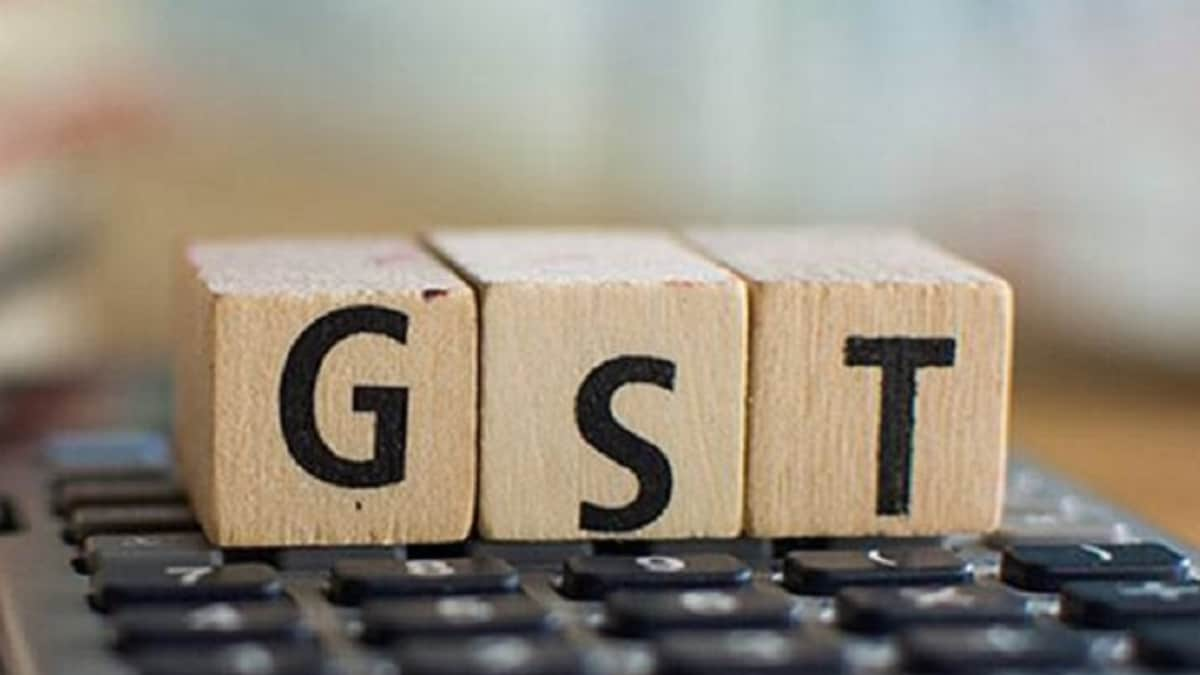GST Council Meeting June 2024: Key Expectations On Rate Hikes And Rationalisation

Last Updated:

The 53rd GST Council meeting is scheduled to take place on June 22, 2024, in New Delhi. (Representative image)
GST Council in its 50th meeting decided to levy a 28 per cent GST rate on actionable claims in casinos, horse racing, and online gaming
One of the most pressing issues that needs immediate clarification is related to Online Gaming. The taxation of online gaming has been a controversial topic, with gaming companies arguing against the higher tax rate on betting and gambling services provided online. Previously, online gaming companies were charging GST at 18 per cent on platform fees, but now face a higher tax rate on certain online gaming services.
The GST Council in its 50th meeting decided to levy a 28 per cent GST rate on actionable claims in casinos, horse racing, and online gaming during a meeting on July 11, 2023. Despite some states requesting a reconsideration in the 51st GST Council meeting held on August 2, 2023, the Council ultimately upheld its initial decision.
In terms of the amendments brought in, online games can be both ‘game of skill’ or ‘game of chance’, and thus, the distinction between both for the purpose to levy of the GST wef October 2023 was eliminated. Post amendments in October 2023, the gaming industry has seen a shocking rise in the number of show-cause notices issued demanding GST at 28 per cent on the entire face value instead of gaming revenue.
The GST authorities have claimed that the amendments were simply clarifications and that the 28 per cent rate had always been applicable since July 1, 2017.
However, the online gaming companies have been raising the argument of prospective nature of the amendment and fighting the legal battle with GST department which is ultimately having a negative impact on their business and lack of clarity also makes the business model uncertain.
The next issue is a persistent demand for rationalization of rates. There is a huge expectation in the industry of an overhaul of the existing four-tiered GST rate structure of 5 per cent, 12 per cent, 18 per cent, and 28 per cent during the current financial year. It is a known fact that the fitment committee under the GST Council, has been working on rate rationalization for over 1,200 category of goods and all services, excluding those in negative list and reviewing the option of a three-slab structure. The objective towards review of rate rationalization should be to streamline the GST rate structure and not to harvest additional revenue for the government.
Further industries that are in the lower rate slab such as agriculture, food manufacturing, clothing, healthcare are expected to resist any changes to applicable tax structure in their area.
The GST Council may also look into the issue of fixing inverted duty structures for different industries like textiles and fertilizer. In the pharmaceuticals sector, various input medications attract 18 per cent GST, while the final product is in a 5 per cent tax slab. Similarly in the EV sector also inputs are within the tax rate of 18-28 per cent slab whereas the EVs are taxed at 5 per cent GST, which leads to blocking up of capital for manufacturers. This issue is a major concern for the industry, especially startups, as it increases costs and makes it tough to control the working capital.
Automobile companies are also hoping for a reduction in the 28 per cent GST (plus 3 per cent cess on models above 350cc) levied on scooters and motorcycles, as they are not luxury items like cars and are used by lower-income groups and in rural areas.
This article is written by Smita Singh, Partner, S&A Law Offices
Disclaimer:The views expressed in this article are those of the author and do not represent the stand of this publication.




